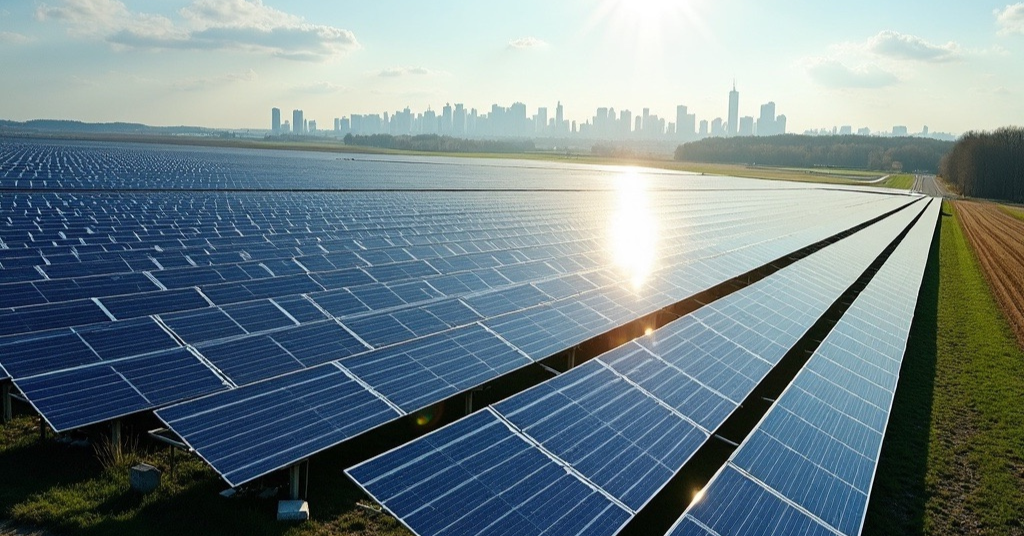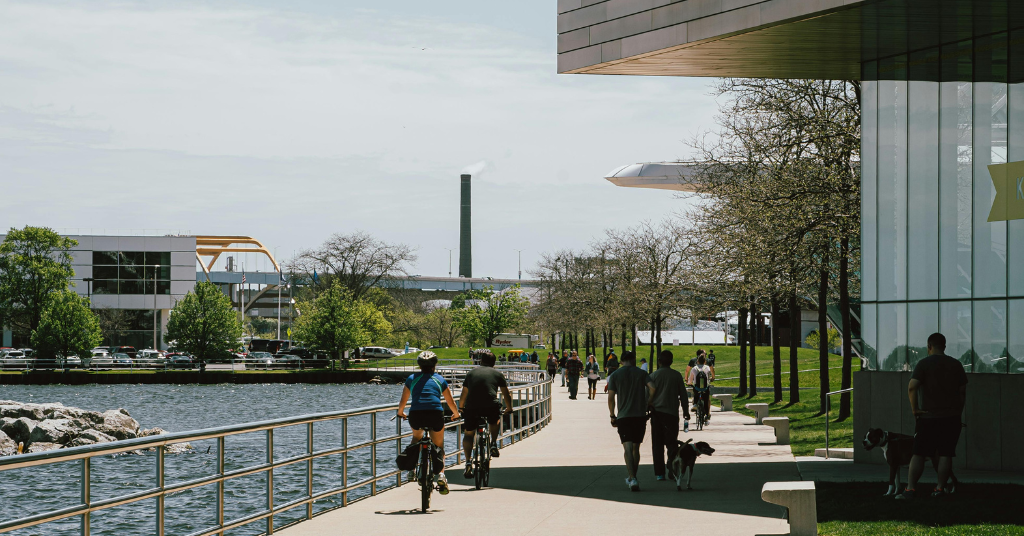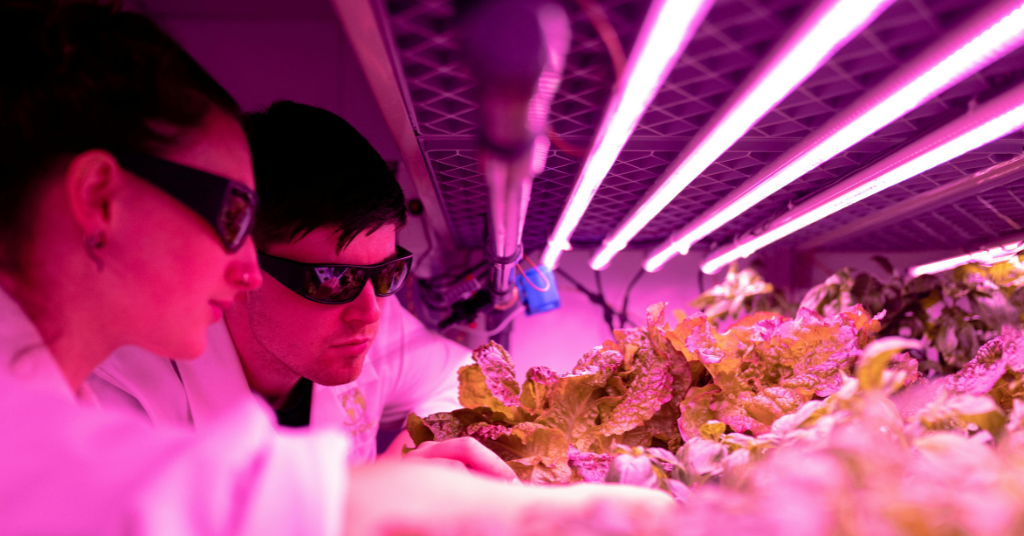What You Will Read About:
- Importance of Solar Energy: Understand why solar energy farms are a cornerstone of the EU’s renewable energy strategy and their significance in reducing carbon footprints.
- Connection to Daily Life: Discover how solar energy influences everyday moments for millions across Europe, from powering homes to charging electric vehicles.
- The Journey of a Photon: Learn the fascinating story of how sunlight travels from the Sun to solar farms, transforming into electricity and powering our lives.
The power of the Sun
Imagine waking up to the aroma of freshly brewed coffee, switching on your computer to start the workday, or plugging in your electric car for an evening charge. These everyday moments, shared by millions across the European Union, all have one thing in common: they require energy. But what if that energy came from the Sun? For a growing number of Europeans, from the sunny coasts of Portugal to the tech hubs of Estonia, it already (and increasingly) does. Solar farms across our continent are quietly revolutionising how we power our lives, harnessing the same Sun that warms our diverse landscapes across Europe.
They are becoming increasingly vital in the world’s and the EU’s quest for sustainable energy solutions. They collect the photons coming from the Sun to generate electricity, which is then fed into the grid, so these farms not only contribute significantly to certain regions’ energy production but also align perfectly with the EU’s ambitious climate goals, particularly those outlined in the Fit for 55 program, as they provide a sustainable, scalable, and increasingly cost-effective solution to the region’s energy needs. As the EU continues to push towards its climate goals, the role of solar energy farms will only become more critical, driving the transition to a greener, more resilient energy system: this renewable energy source is crucial for reducing the EU’s reliance on fossil fuels and lowering greenhouse gas emissions.
The Fit for 55 program and photovoltaics (PV)
According to European Copernicus Climate Change Service, the global-average temperature from September 2023 to August 2024 was the highest on record for any 12-month period: 0.76°C above the 1991–2020 average and 1.64°C above the 1850–1900 pre-industrial average. The average temperature for European land for August 2024 was 1.57°C above the 1991-2020 average for August, making the month the second warmest August on record for Europe after August 2022, which was 1.73°C above average.
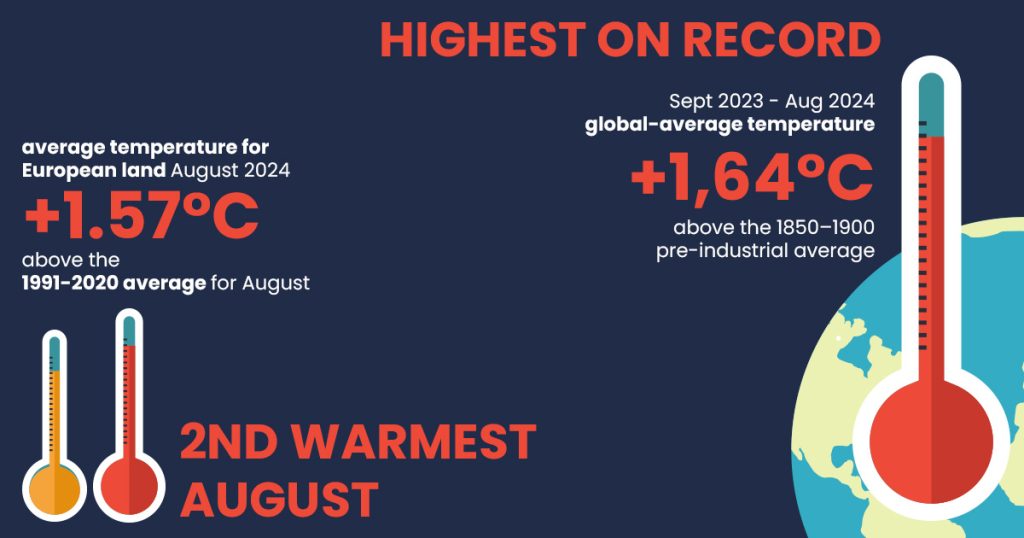
Knowing these figures prove the importance of the EU’s efforts to slow down and eventually stop the continuous rise of temperature. As you may already know, the Fit for 55 program is a comprehensive set of proposals aimed at reducing the EU’s net greenhouse gas emissions by at least 55% by 2030. This target affects all of us, from the cafes of Paris to the ports of Piraeus. Solar energy farms are integral to this plan, as they provide a clean, renewable source of energy that can be rapidly deployed across member states. As part of the Fit for 55 package, the EU aims to increase the share of renewable energy in its energy mix by 2030. Solar energy is expected to play a significant role in achieving this target, given its scalability and decreasing costs.
The program includes measures to streamline the permitting process for renewable energy projects, making it easier to establish new solar farms. As you commute to work or travel across Europe for holidays, you might start noticing more solar installations appearing in fields and on industrial buildings – each one a small but significant step towards our shared climate goals. These large-scale projects complement the smaller installations you may see in urban areas, all working together to transform our energy landscape.
Where to install solar energy farms?
Solar energy farms are typically installed in areas with high solar irradiance, such as Southern and Central Europe. They consist of large arrays of photovoltaic (PV) panels that convert sunlight directly into electricity. Just like the solar panels you might see on your neighbour’s roof or integrated into modern building facades in your city, these farms use the same technology, only on a much grander scale. Think of these farms as vast, high-tech gardens where sunlight is the crop, harvested not by farmers but by silent, gleaming panels.
The installation process of these solar ‘gardens’ involves four key steps:
- It all starts with identifying suitable locations with ample sunlight and minimal shading, much like choosing the sunniest spot in your garden for your tomato plants.
- Even the largest corporates or even the state have obligations, such as obtaining the necessary permits and approvals from local authorities, similarly to getting permission for your home renovations
- Once all the paperwork is done, construction begins, which basically covers the installation of the PV panels, inverters, and other necessary infrastructure
- Finally, it’s all connected to the nationwide grid: ensuring the generated electricity can be fed into the local grid, not unlike plugging a device into a wall socket, but on a much larger scale.
Did you know that the photon, that reaches a solar energy farm, is very old? While it takes just 8 minutes and 20 seconds for sunlight to travel from the Sun to Earth, the journey of a photon actually begins much earlier: a photon can spend 100 thousand to 50 million years bouncing around inside the Sun’s core at a speed of 300,000 km/s before it finally escapes into space. This lengthy process is due to the dense environment in the Sun’s core, where photons are constantly absorbed and re-emitted by particles, making their path to the surface a true cosmic adventure with plenty of stops. The typical distance a photon can travel between charged particles changes from 0.01 cm at the core to 0.3 cm near the surface.
How much power do PV farms generate now—and what to expect in the future?
Numbers can be powerful allies in understanding complex ideas. In the realm of renewable energy, they help us grasp the impact of solar farms and the goals set by the EU. Let’s explore how these figures illuminate the future of solar power in Europe.
The power generation capacity of a solar farm depends on its size and the efficiency of its PV panels but on average, a 1 MW solar farm can produce around 1,500 MWh of electricity annually, enough to power approximately 300 European homes. Since 2020, solar installations in the European Union have almost doubled, reaching a cumulative capacity of more than 250 GW in 2023.
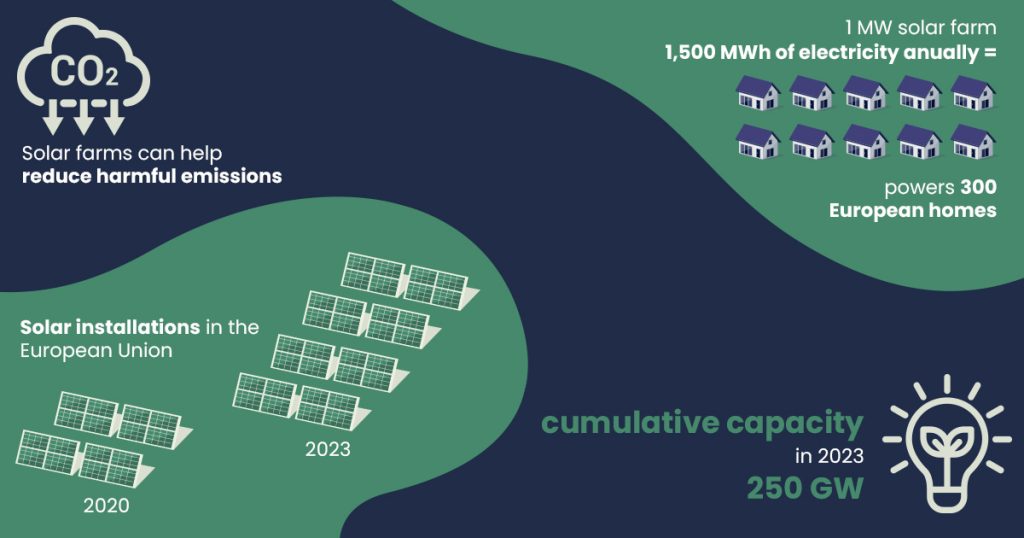
You may wonder how our development compares to the rest of the world. Well, considering the EU’s size and population, we have nothing to be ashamed of, to say the least.
China is the global leader in solar energy capacity, with a staggering 610 GW installed as of 2023. This is nearly four times the capacity of the United States, the second-largest solar market. Their rapid expansion is driven by strong government support and significant investments in renewable energy infrastructure. In 2023 alone, China added as much solar PV capacity as the entire world did in 2022.
As a single nation, the United States ranks second globally, with a cumulative solar capacity of around 139 GW as of 2023, which is already less than the EU’s cumulated capacity. However, the US solar market has been growing steadily, supported by federal and state incentives, as well as decreasing costs of solar technology. Solar energy accounts for about 3.9% of the country’s total energy production.
Looking ahead, the EU plans to expand its solar capacity significantly. Our solar pipeline surpassed 280 GW as of August 2024, with 19 GW already under construction and 197 GW in the pre-construction stage. By 2030, it is expected that solar energy will account for a substantial portion of the EU’s renewable energy mix, with projections indicating a need for over 500 GW of new renewable capacity—this would be enough to power 150 million households (not counting with the need of businesses). This expansion, almost doubling the capacities, will not only help meet the Fit for 55 targets but also ensure energy security and economic growth across the region.
How can you help the EU’s efforts?
Supporting solar energy adoption can be both impactful and rewarding. By taking action, we all can play a significant role in accelerating the adoption of solar energy, contributing to a more sustainable energy future. Understanding the benefits and challenges of solar energy can help you make informed decisions and spread awareness. You may share information with friends, family, and your community about the advantages of solar power and how they can get involved. You can also advocate for solar-friendly policies: the European Union is all about participation of citizens, so you can get involved in local and national advocacy efforts to support policies that promote solar energy. This can include pushing for renewable portfolio standards (RPS), which require utilities to source a certain percentage of their power from renewable sources or supporting legislation that provides financial incentives for solar adoption.
A very tangible step is choosing to support businesses and products that prioritise renewable energy. Many companies are now investing in solar power to reduce their environmental impact. By supporting these businesses, you encourage more companies to follow suit.
While it isn’t about solar farms anymore per se, you can also harvest solar energy by installing PV panels on your roof or incorporate solar-powered gadgets into your daily life: from solar chargers for your devices to solar-powered lights for your garden, these small steps can reduce your reliance on traditional energy sources.
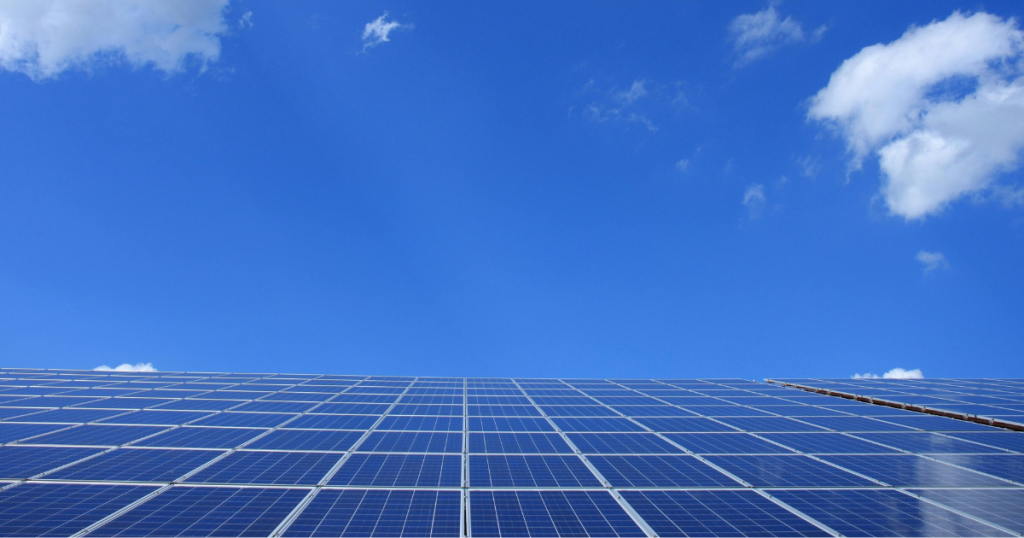
In a nutshell…
Solar energy farms are playing a pivotal role in reshaping the European Union’s energy landscape and we think the key takeaways are clear: solar farms are essential for meeting EU climate targets, they contribute to energy security, and drive innovation in clean technology.
As the nations of the EU continue to invest in and expand their solar capacity, it sets an example for the world, demonstrating that a sustainable, clean energy future is not just possible, but imperative.
Sources and references:
https://www.consilium.europa.eu/en/policies/green-deal/fit-for-55
https://www.statista.com/topics/5088/solar-photovoltaic-industry-in-europe
https://climate.copernicus.eu/copernicus-summer-2024-hottest-record-globally-and-europe
https://sunearthday.nasa.gov/2007/locations/ttt_sunlight.php
https://www.iea.org/reports/renewables-2023/executive-summary
https://www.energyinst.org/statistical-review/insights-by-source
https://www.enel.com/company/stories/articles/2021/08/fit-for-55-europe-energy-transition-goals

